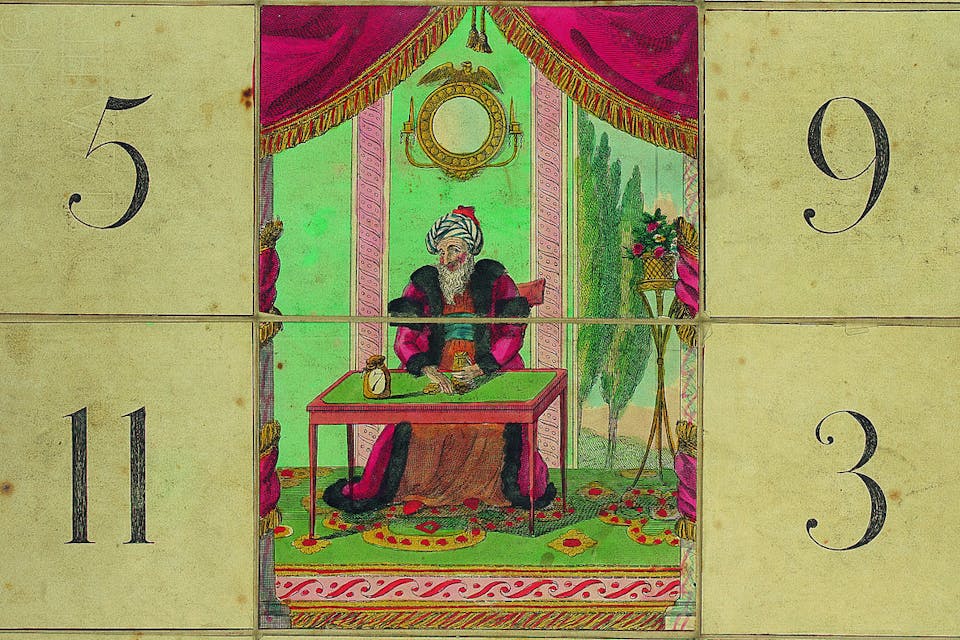
June 12, 2019
Filthy Lucre: A Look at the History of Jews and Money
An exhibit at the Jewish Museum London showcases the old, vicious stereotype with the aim of debunking it. But does it succeed?
Perhaps you have stood in a Polish open-air market and wondered what to make of the booths selling little figurines of traditionally dressed Jews clutching moneybags. Is this classic anti-Semitic trope of the coin-clutching Jew excused by the fact that most of the figurines on sale are cute little Jew dolls? Or by the belief that owning one will bring money and prosperity into a home?
Jews, Money, Myth, an exhibit at the Jewish Museum London that is on view through July 7, does not so much answer such questions as focus on them with an intensity whose stated aim, in the words of the show’s curator Joanne Rosenthal, is to “debunk a lot of the myths [about money and Jews] that still circulate today.” Those myths, Rosenthal elaborates, include fixed notions of “Jews exerting a kind of sinister influence on world events, Jews financing disastrous wars around the world for profit, Jews being naturally drawn to money-making,” and the like—in short, the toxic mix encapsulated for all time in the notorious turn-of-the-20th-century forgery Protocols of the Elders of Zion.
The museum’s purpose is to leave no doubt that these ancient canards are dangerous; that, though they may have been somewhat repressed for a time after World War II and the Holocaust, they never entirely went away; and that they seem alarmingly to be coming back into vogue today. In order to dramatize the need for frankness on this score, it leads visitors on a historical tour of some of the canards’ most egregious manifestations in art.